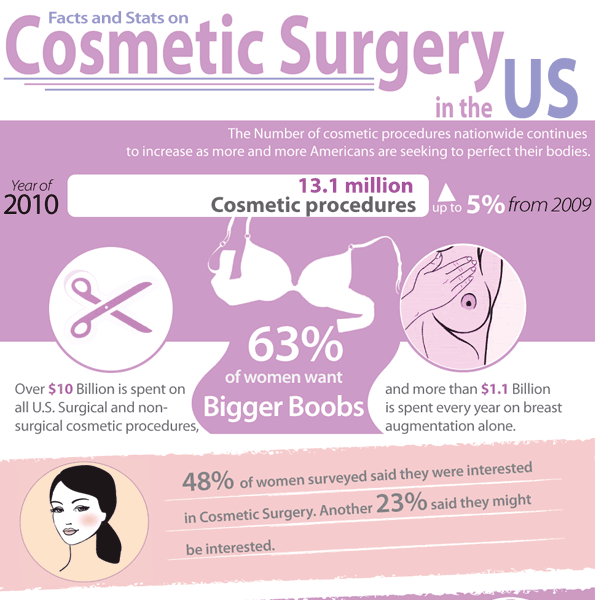Benzoyl peroxide kills germs that create acne and assists remove excess oil. It likewise assists lower the appearance of dark places that remain after acnes clear.
Skip components that block pores, like mineral oils, and go with hydrating components that assist smooth skin. Look for these four finest anti-acne active ingredients.
Willow Bark Extract
Willow bark extract is a natural resource of salicylic acid. When used at aesthetic focus, it can cause a comparable impact as artificial salicylic acid without its drawbacks (primarily irritation).
The remove contains prodrug salicin, which is quickly metabolized to the energetic substance, acetylsalicylate. Its anti-inflammatory and analgesic effects originate from this metabolite, along with other chemical elements of the plant such as phenolic acids, flavonoids, and polyphenols.
It additionally has sedative residential properties, which make it efficient in dealing with persistent pain and rheumatic conditions such as osteoarthritis. Nonetheless, because it consists of chemicals that resemble pain killers, individuals that have a well-known allergy to pain killers need to prevent willow bark supplements. It can likewise connect with a number of drugs, consisting of aspirin and other nonsteroidal anti-inflammatory medications (NSAIDs) and cyclooxygenase preventions, such as ibuprofen (Advil, Motrin), and may boost the threat of stomach bleeding. It can likewise engage with some diuretics (water tablets) and can raise blood levels of certain medicines, such as phenytoin (Dilantin).
Kaolin
Long before AHAs, BHAs and many various other ingredients, elegance fanatics turned to one of the most effective ingredients to assist stop outbreaks: kaolin. Kaolin clay is normally adsorbent, which assists to pull excess oil and impurities from skin. It is used in make-up, cosmetics, day spa body treatments, and as a mild rough in toothpaste. It's additionally used in veterinary medical items to deal with gastrointestinal issues and in plasters for dealing with wounds.
This mineral clay can be white, yellow, pink or red (red kaolin indicates a high focus of iron oxide) and is commonly mixed with green tea leaves to create a soothing face mask. It can likewise be located in facial cleansers and is specifically valuable for those with combination or oily skin.
Geige advises seeking easy solutions without pore-clogging ingredients, such as alcohol, which can trigger your skin to overproduce oil in an effort to make up, bring about breakouts. Rather, look for a product which contains fatty alcohols like cetyl or shea, as these are much less drying.
Salt Ascorbyl Phosphate (Vitamin C).
Sodium Ascorbyl Phosphate (or SAP, for short) botox in a bottle is the "badass all-natural acne therapy" nobody's talking about. It's a water-soluble form of Vitamin C that can be used in higher concentrations than its older brother, L-Ascorbic Acid, without ending up being unpredictable or oxidizing swiftly.
Research shows that it has antioxidant homes and can help reduce staining. It can likewise work at rebalancing sebum manufacturing and combating acne-causing microorganisms.
Professionals agree that skin with acne must be treated with ingredients that both exfoliate and relieve. Look for products that include alpha and beta hydroxy acids (AHAs) to break down dead skin cells and unblock pores, as well as anti-inflammatory active ingredients like niacinamide. Also, look for oil-free, non-comedogenic creams that don't block pores. You'll additionally want to incorporate active ingredients that are effective at eliminating bacteria, such as zinc sulphate and benzoyl peroxide. Lastly, do not use active ingredients that contain occlusive representatives, such as dimethicone and cyclomethicone, which can create an oily film on the skin and obstruction pores.
Aloe Vera.
There are a handful of scientifically confirmed ingredients-- like salicylic acid, benzoyl peroxide, retinoids and niacinamide-- that have actually been revealed to assist deal with acne by unclogging pores, eliminating microorganisms, controlling oil and quickening skin cell turnover. More all-natural alternatives like tea tree oil and aloe vera also have antimicrobial, anti-inflammatory and calming properties.
Referred to as the 'plant of everlasting life,' Aloe vera is a deep green cactus-like plant that contains a gel inside its fallen leaves and can be discovered in sunburn treatments, cosmetic products and tonics that advertise gastrointestinal wellness. Yet the plant is additionally renowned for its medicinal and medicinal homes, and researchers at the Royal Botanic Gardens in southwest London are examining its many declared restorative benefits-- including the anti-inflammatory property of the gel inside the fallen leave, the ability to regulate blood glucose and cholesterol levels and its duty as an effective shed wound healer. They are likewise diving right into the plant's transformative background to establish what various other plants it might be closely related to that might share a few of its valuable properties.
